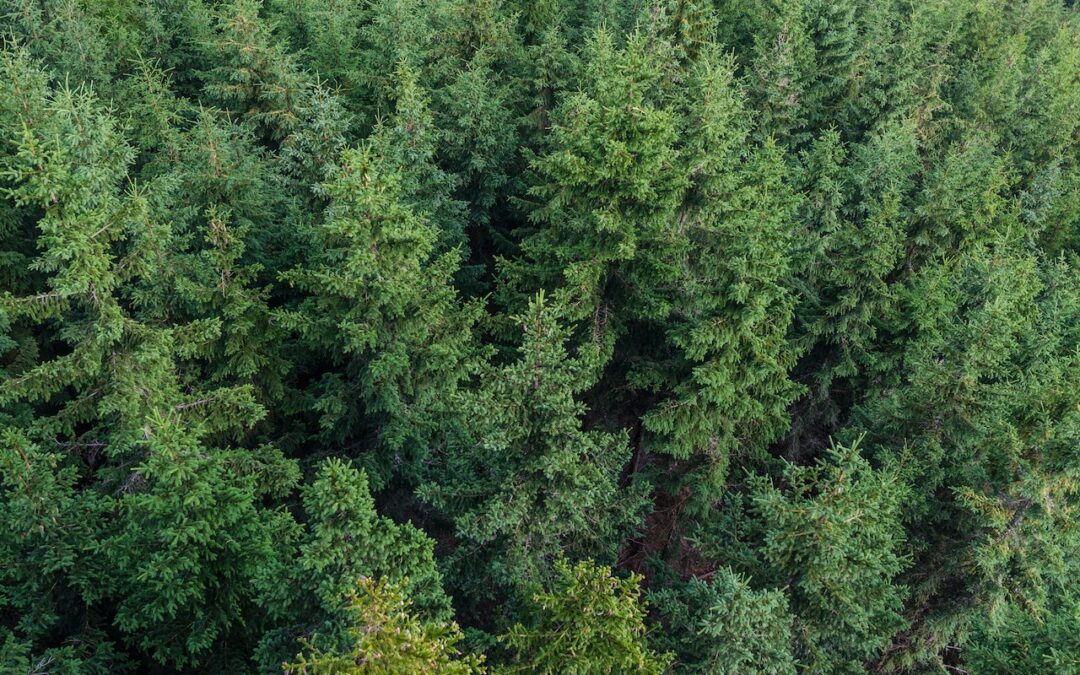“Our forests are foundational to B.C. In collaboration with First Nations and industry, we are accelerating our actions to protect our oldest and rarest forests.”
These are the words attributed to you, Premier Eby, in the February 15, 2023 government press release announcing new measures around old-growth, innovation and forest stewardship. Attached are hundreds of millions of dollars to support mill retrofits, jobs and innovation across the manufacturing sector, promises to leverage philanthropic donations, community financing for carbon offsets, and importantly, $25 million to support new Forest Landscape Planning tables with First Nations to drive old-growth management across the province.
Then came the news that the word “unduly” was being removed from the forestry legislation regulating timber harvest, long a sore spot for those defending old-growth forests. There seemed to be cause for celebration among the environmental organizations – until we had a peak behind the smoke and mirrors.
If you read the last sentence in the legislative amendment that removes the word “unduly,” you will see that the removal does NOT apply to “a forest stewardship plan that is in effect on the coming into force of this section.” Given that the majority of BC’s forests are under one agreement or another, can you please tell us just how much of our public forests will be affected by this amendment and to whom this legislative amendment does apply?
As for all the public money to retrofit mills etc, it should be remembered that these funds are in addition to the millions of Rural Dividend Funds (redirected from community economic development) plus another $69 million dedicated to early retirement packages for forestry workers, retraining, job placement and community funds. Certainly, no one begrudges the forest community or families these funds or programs, but the questions are “Why isn’t the forest industry contributing to these programs, particularly in view of their recent spectacular profits?” “Why aren’t the forest companies paying for their own retrofit costs and retirement packages?” “Why are taxpayers forced to provide yet more subsidies to an industry where companies are taking their record profits offshore to invest in foreign mills and businesses?”
On top of this, we have received news that your government has now approved 11 new government-approved OLD-GROWTH cutblocks in TFL #46, some of them in deferral areas and with more to come. So far this amounts to 157 hectares of OG that we will never get back again. In their December 2021 Management Plan, approved by your government, Teal Cedar states there are 42,566.8 hectares of Timber Harvest Land Base, of which there are 3,867.7 hectares of old growth forest 250 years and older. The company further states it plans to exhaust all old growth forest available to them. Let us say this again, old-growth is NOT a renewable resource. We’re down to the guts and feathers and every hectare matters. It is worth reminding you that this is Pacheedaht First Nations unceded land for which the government Forest Revenue Sharing Agreement provides them with a mere $242,000 each year, provided they offer no resistance.
So, two questions for you, Premier Eby.
- To whom does the “unduly” legislation actually apply?
- Do you intend to ever offer any real protection for what’s left of our old-growth forests and if so, when?
Oh, and one more thing. Teal Cedar has now stated the company will be serving 15 Fairy Creek forest defenders with an Amended Notice of Civil Claim charging them with conspiracy and no doubt looking for damages. Pacheedaht Elder Bill Jones is among those named. It may be that the optics of charging a First Nations Elder with conspiracy for protecting the old-growth forest so critical to Indigenous rights, title and sovereignty, not to mention his own unceded lands that he regards as his cathedral and place of spirituality and meditation, is just the legacy your government is looking for.
Respectfully yours,
Kathy Code
Fairy Creek Forest Defender

Make the paradigm shift in consciousness necessary to save our forests and the communities that rely on them. Particularly, make Indigenous nations true partners in this goal.